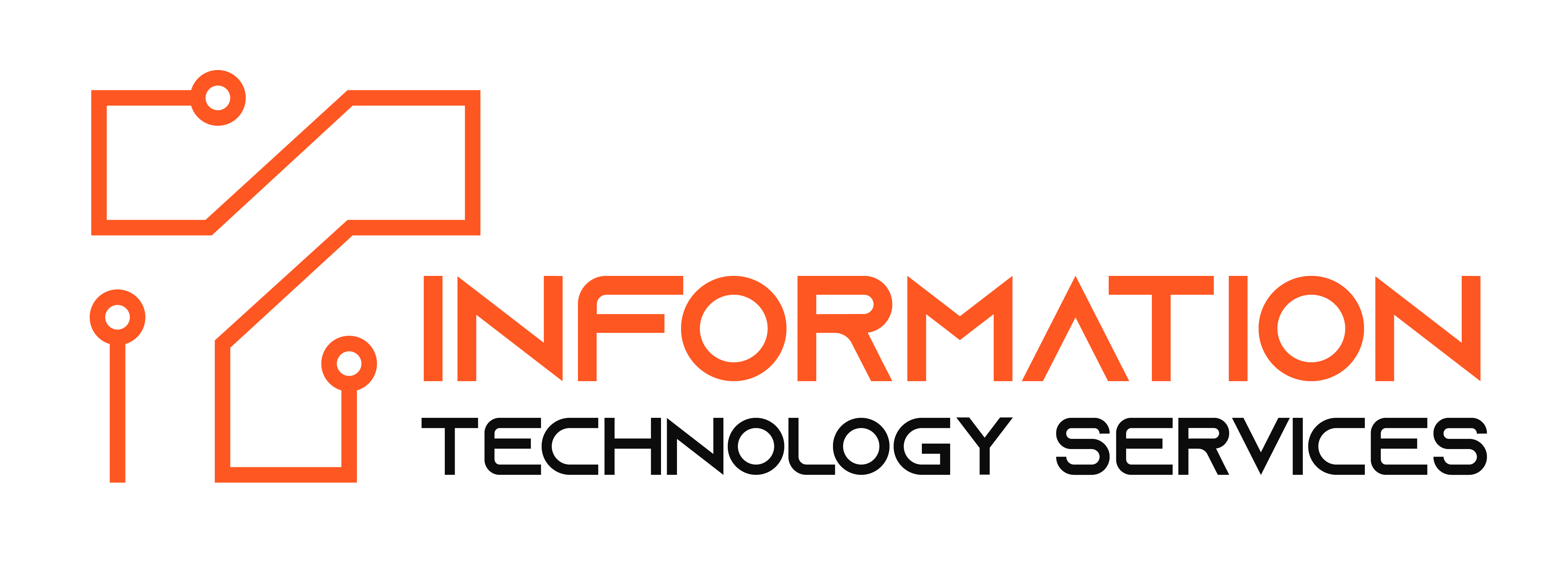Unlocking Hiring Success: The Power of Recruitment Process Templates
In a world where talent acquisition has become a strategic linchpin for organizations, the pressure is high for HR teams to streamline their recruitment processes and secure the best candidates. My years of experience in HR recruitment have afforded me a unique perspective on a variety of hiring strategies, none perhaps as transformative as the use of recruitment process templates.
Understanding the Recruitment Process
The recruitment process is a complex dance that begins the moment a job vacancy is identified and ends when a successful candidate accepts the job offer. It involves several stages—including job posting, application collection, initial screening, interviews, assessments, and onboarding. Each step is crucial and, if mismanaged, can lead to inefficiencies and poor hiring decisions.
What Are Recruitment Process Templates?
Recruitment process templates are standardized documents or checklists that guide HR professionals through each stage of the hiring process. These templates encapsulate the best practices and legal requirements associated with recruitment, ensuring consistency and compliance every step of the way.
Benefits of Using Templates in Hiring
The advantages of implementing recruitment templates are manifold. Here’s a distillation of the key benefits:
- Efficiency: Templates save time by providing a repeatable framework for each hiring cycle, eliminating the need to start from scratch every time.
- Consistency: Ensuring a uniform approach to hiring promotes fair treatment of candidates and helps maintain a positive employer brand.
- Compliance: Templates can help keep the process in line with employment laws and regulations, reducing the risk of legal issues.
- Data-Driven Decision Making: By standardizing the process, you can more easily track metrics and analyze data to improve hiring practices over time.
Case Studies: Success Stories
Businesses of all sizes have reaped the rewards of integrating templates into their recruitment process. For example, a mid-sized tech firm saw a 30% reduction in their time-to-hire after templating their interview and screening stages, while a multinational corporation standardized its onboarding process globally with templates, improving new hire retention rates by 25%.
Best Practices for Implementing Templates
Adopting templates doesn’t need to be daunting. To get started:
- Assess Your Current Process: Identify the stages that could benefit from templating.
- Collaborate With Stakeholders: Get input from everyone involved in the hiring process, from recruiters to hiring managers and even past candidates.
- Customize for Your Needs: Templates are starting points—tweak them to fit the unique requirements of your industry or company culture.
- Train Your Team: Ensure everyone understands how to use the templates effectively.
In conclusion, recruitment process templates are a powerful asset for any HR team looking to enhance their hiring success. They streamline the process, ensure consistency and compliance, and facilitate data-driven improvements. By adopting a structured approach to each stage of recruitment, your organization can position itself to attract and retain the best talent in a competitive landscape.
Are you ready to transform your hiring outcomes? Consider implementing templates in your recruitment process and watch your team’s efficiency and success soar. We welcome you to share your experiences or thoughts on using recruitment templates in the comments below.





